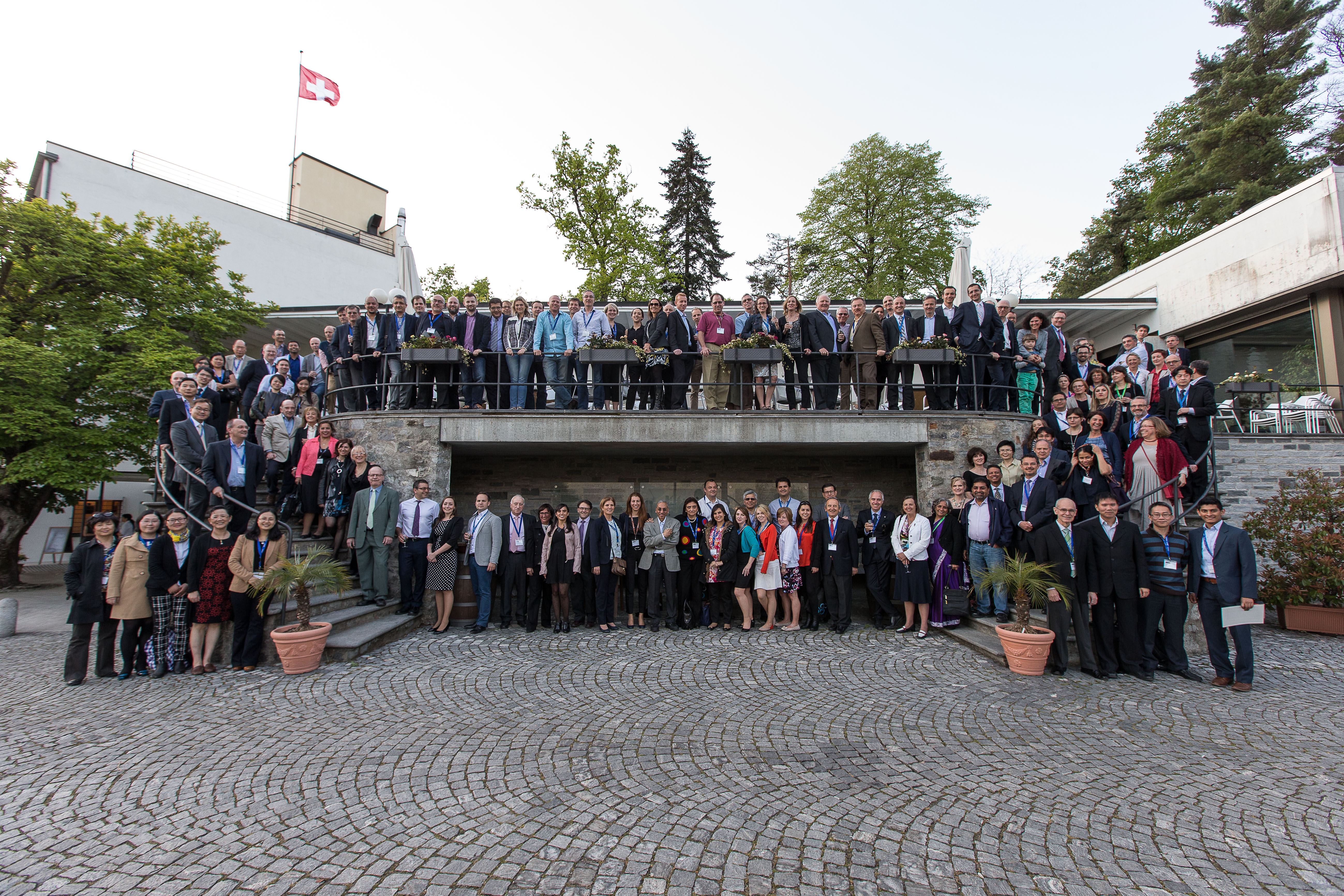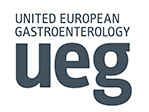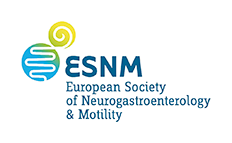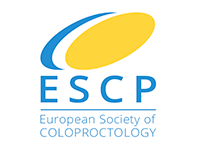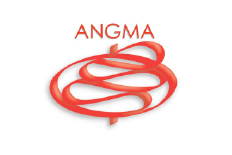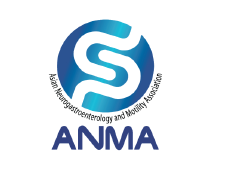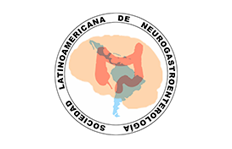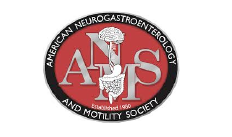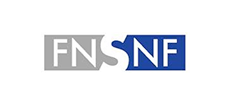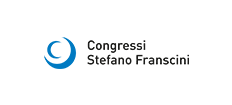Meeting Report
The Ascona II conference was called to review developments in the clinical investigation of gastrointestinal motility and function including high resolution esophageal manometry, multiple intra-luminal impedance and advanced tests of anorectal function.
Endorsed by the European, American, South American, Asian and Australasian societies for Neurogastroenterology and Motility plus the European Society for Coloproctology, the International Working Group is an umbrella organization for academics and clinicians with an active interest in the clinical application of these technologies. Its aim is to reach consensus on the use of physiological measurement to reveal the causes of gastrointestinal dysfunction and symptoms, especially in patients in whom endoscopy and radiology provide little information. This information, it is hoped, will guide more effective management of so-called “functional” gastrointestinal diseases.
Ascona II marks the start of a process timetabled to last three years. Contents included:
- Presentation of the best evidence concerning the diagnosis of pharyngeal and esophageal motility disorders, gastro-esophageal reflux disease and disorders of anorectal function.
- Agreement on standard operating procedures for the application of advanced technologies used in the physiological measurement of gastrointestinal motility and function
- Work towards classification systems for the diagnosis of disorders of gastrointestinal motility and function based on these technologies
An expert faculty delivered state of the art lectures, case based discussions and focused working group sessions. This content including powerpoint presentations to download and full audiovisual recordings of all sessions is now online. Delegates included more than 180 physicians, surgeons and physiologists performing these investigations in clinical practice. More than 40 countries and all five continents were represented. Participants included clinical research fellows to specialist consultants and leading representatives of several national societies responsible for writing national guidelines for the diagnosis and management of functional gastrointestinal disease. Observers from the biomedical industry, especially those involved in the development of advanced technologies for physiological measurement were also present.
As chair of the meeting, I was delighted that, despite glorious sunshine and surroundings, attendance was excellent at all sessions from early morning to late at night. Just as important, I am pleased to report that the three working groups made excellent progress towards guidelines for the acquisition and analysis of physiological measurements of GI motility and function.
The meeting recieved much positive feedback. Completed forms indicate that the overall concept of the meeting with its mix of didactic lectures and group discussions was very successful. The conference had a very low (1:4) faculty to delegate ratio to facilitate discussions between faculty and delegates. The opportunity to continue conversations between faculty and delegates that began in the sessions on an informal basis during coffee breaks and dinner was considered of particular value.
Many of you have asked me whether there will be an Ascona III meeting. This will depend on work done by all those present at Ascona II and, I hope, many more beside. The next step is to show how advances in method and technology can explain patient symptoms and guide effective management. Once this has been achieved… it will be time to meet again. I look forward to it!
It remains to me to thank the conference secretary, Mr Anil Areeckal, for his excellent work in the run up to and during Ascona II and my local organization committee for making sure everything ran smoothly from transfers to the station to downloading the Diet study application!
The steering committee recognizes “long term project” funding from the United European Gastroenterology Education Committee that supported the meeting and also the three year dissemination process. We recognize the generous donation of finance and technical support from Covidien, MMS, Sandhill Scientific, Crospon and Mui Scientific (manufacturers) and Reckitt Benckiser, Almirall (biomedical industry). We are thankful also for the support of the Swiss National Scientific Research Foundation (SNF), the University and ETH Zürich and the Congressi Stefano Franscini for making the excellent facilities available.

Mark Fox on behalf of the steering committee

